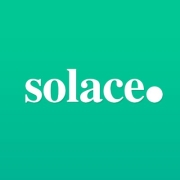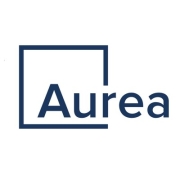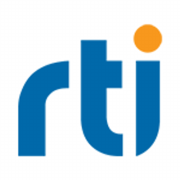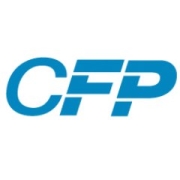Message Oriented Middleware (MOM) abstracts communication between distributed applications by passing messages between them, enhancing interoperability and scalability across diverse platforms.
Widely used in enterprise environments, MOM facilitates asynchronous communication, ensuring that applications can send and receive messages without needing to be online simultaneously. This results in improved system resilience and flexibility. By decoupling the sender and receiver, MOM allows for more scalable and reliable distributed systems, essential in today's complex IT infrastructures.
What critical features should you consider?In finance, MOM solutions enable real-time transaction processing and monitoring, ensuring compliance and risk management. In healthcare, they facilitate secure patient data exchange between systems, enhancing care coordination and patient outcomes. The retail industry uses MOM to manage inventory and supply chain processes, improving operational efficiency.
Organizations benefit from MOM solutions by achieving seamless integration between applications, improving reliability, and enabling scalability. This enhances overall system performance and supports business growth.






















Below are some of the main features of message-oriented middleware:
Message-oriented communication refers to a form of communication in which messages are created, sent, received, or read within a distributed enterprise system. Message-oriented communication can be segmented into four types of communication:
While there are many advantages of using message-oriented middleware, there are also disadvantages.